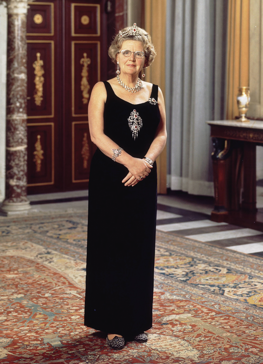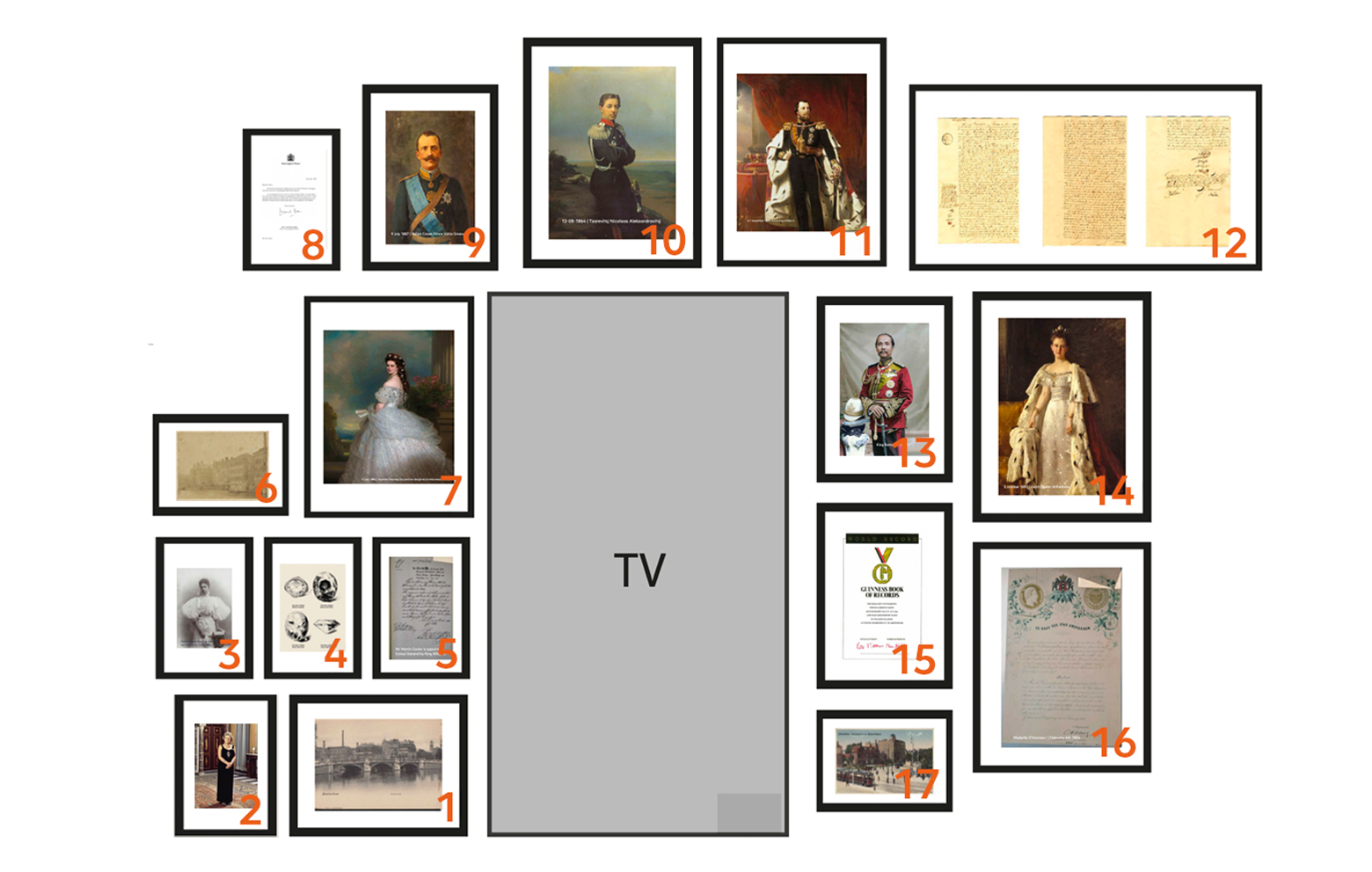The history of Royal Coster Diamonds
1. Letter from Buckingham Palace
A special letter from Her Majesty from Buckingham Palace, expressing gratitude to Royal>Coster Diamonds for expertly polishing the legendary Koh-I-Noor diamond. This document serves as tangible evidence of the historic role Royal Coster Diamonds played in refining
one of the world’s most famous diamonds.
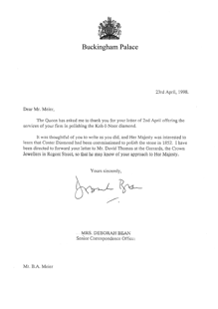
__________________________________________________
2. Italian Crown Prince Victor Emmanuel
Victor Emmanuel of Savoy, born on November 24, 1937, is the head of the House of Savoy, an ancient noble family that ruled parts of Italy for centuries. The family had a deep passionfor jewelry and diamonds. Royal Coster Diamonds, the oldest still-operating diamondpolishing company in the world, provided exclusive jewelry to various European royalhouses, including the Savoy family. Known for their appreciation of craftsmanship and luxury, they chose the refined jewelry of Royal Coster Diamonds, renowned for its quality and sophistication.
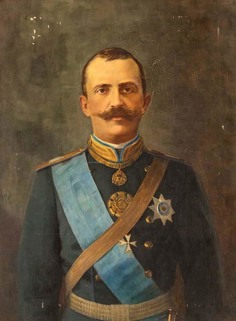
__________________________________________________
3. Russian Tsarevich Nicholas Alexandrovich
The Russian Tsarevich Nicholas Alexandrovich, born on September 20, 1843, and passing on April 24, 1865, was the eldest son of Tsar Alexander II and a member of the Romanov dynasty. He had a great passion for jewelry and sought to impress his fiancée, Princess Dagmar of Denmark, later known as Maria Feodorovna. To win her favor, he purchased an impressive diamond from Royal Coster Diamonds as a gift. This purchase not only highlighted his devotion to Dagmar but also reflected the close ties between the Russian and European royal families. The exact date of this remarkable purchase remains unknown.
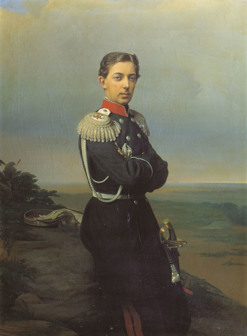
__________________________________________________
4. Dutch King William III
King William III, born on February 19, 1817, in Brussels, ruled the Netherlands from 1849 to 1890. His reign was marked by political turbulence and numerous conflicts. In 1868, he appointed Martin Coster as Consul General of the Netherlands, a decision that significantly enhanced the reputation of Royal Coster Diamonds. This appointment underscored the company’s influence and its strong connections with European royal families.
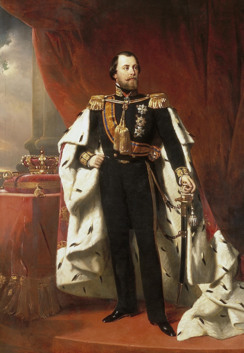
__________________________________________________
5. Original founding document
This is the original founding document from 1840, one of the oldest and most valuable records in the possession of Royal Coster Diamonds. This historic piece marks the official beginning of the esteemed family business and serves as a tangible reminder of Royal Coster Diamonds’ rich heritage.
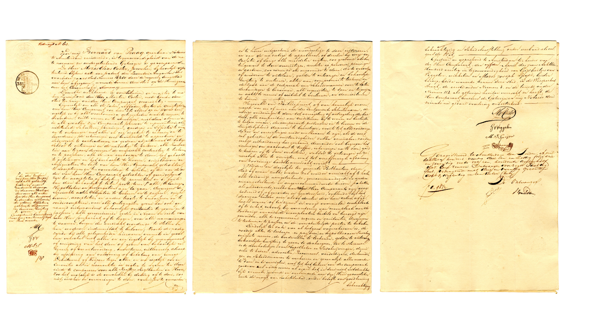
__________________________________________________
6. The old Royal Coster Diamonds building
Royal Coster Diamonds was founded in 1840 by Mozes Elias Coster and was originally located at Waterlooplein in Amsterdam. In 1970, the company relocated to Paulus Potterstraat at Museumplein due to the construction of the Stopera, the new city hall and opera house, on its original site. As a result, the old building was unfortunately demolished. Today, Waterlooplein is best known for its iconic flea market, the oldest in the Netherlands, open six days a week.
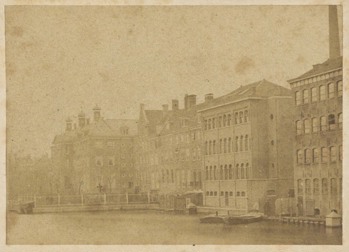
__________________________________________________
7. Austrian Empress Sisi
Empress Elisabeth of Austria, better known as Sisi, was born on December 24, 1837, in Munich. In 1854, she married Emperor Franz Joseph I of Austria, becoming Empress of Austria and Queen of Hungary. Sisi was known for her love of jewelry and luxury and was a valued client of Royal Coster Diamonds, where she had diamonds and jewelry designed and crafted.
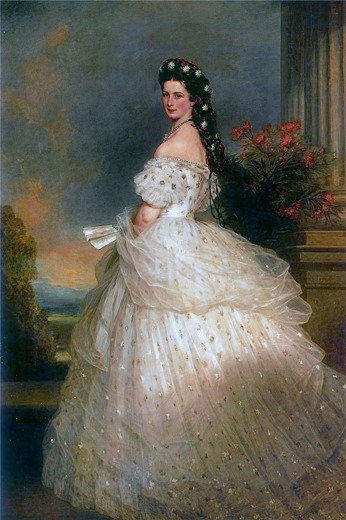
__________________________________________________
8. Thai King Rama V (Chulalongkorn)
King Chulalongkorn of Thailand, born on September 20, 1853, in Bangkok, ruled from 1873 to 1910. He is famous for modernizing Thailand and successfully resisting colonial domination. In 1897, he visited Royal Coster Diamonds as part of his interest in Western craftsmanship and technology. This visit highlighted his appreciation for superior quality and skilled craftsmanship, values that are still reflected in the diamond polishing expertise of Royal Coster Diamonds today.
%20(1).jpg?height=327&width=254)
__________________________________________________
9. Dutch Queen Wilhelmina
Queen Wilhelmina of the Netherlands, born on August 31, 1880, reigned from 1890 to 1948. She played a vital role as a symbol of resistance and national unity for the Netherlands during World War II. Royal Coster Diamonds created jewelry for the Dutch royal family, including diamonds for a watch presented to Queen Juliana in 1959.
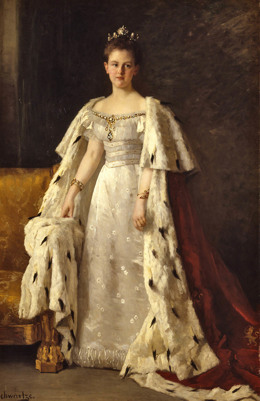
__________________________________________________
10. Daughter of Austrian Empress Sisi
During the 19th century, Royal Coster Diamonds was known as one of Europe’s most prestigious diamond specialists. The company had a strong reputation, attracting noble clients from around the world. Empress Sisi, famous for her love of jewelry and luxury, passed this passion on to her daughter, Marie Valerie, who also acquired a diamond from Royal Coster Diamonds.

__________________________________________________
11. The repolishing of the Koh-I-Noor
In 1852, Royal Coster Diamonds was given the prestigious task of repolishing the famous Koh-I-Noor diamond. Prince Albert was dissatisfied with its brilliance and entrusted Royal Coster Diamonds with refining the stone. Led by master polisher Mozes Elias Coster, expert craftsmen, including Voorsanger and Hardouin, worked on the diamond for 38 days by hand. Using a traditional polishing wheel, the diamond was reduced from 186 carats to 105.6 carats, shaped into an oval brilliant cut. The result was a dazzling diamond that has since remained part of the British Crown Jewels.

__________________________________________________
12. Letter from Dutch King William III
In 1868, King William III appointed Martin Coster as Consul General of the Netherlands, a decision that greatly strengthened the reputation of Royal Coster Diamonds. This appointment emphasized the company’s influence and its close connections with European royal families.
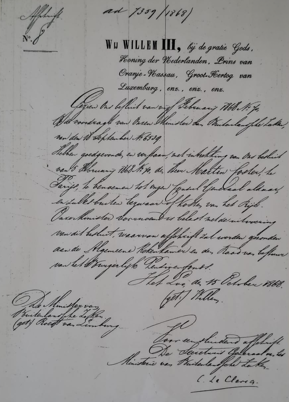
__________________________________________________
13. Guinness Book of Records certificate
Between 1991 and 1994, Pauline Willemse polished the smallest diamond in the world to a brilliant cut, earning her a world record. In 1994, she received an official certificate for this achievement, and her name was entered into the Guinness Book of World Records. The diamond she polished measured 0.0000743 carats and weighed 0.01486 mg. For comparison, a grain of sand weighs approximately 0.45 mg, meaning this diamond is 30 times lighter than a grain of sand.
Here, you can see the certificate awarded to Willemse for polishing the world’s smallest diamond, a masterpiece of precision and craftsmanship. This remarkable achievement highlights the unparalleled expertise of the polishers at Royal Coster Diamonds. The diamond itself is displayed in the museum, preserving this extraordinary piece of history.
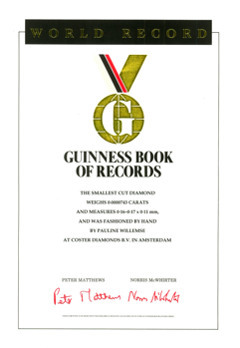
__________________________________________________
14. The old Royal Coster Diamonds building
Here, you can see the old building of Royal Coster Diamonds, which once stood at the site of present-day Waterlooplein. This historic building was the company’s beating heart for many years and served as an important meeting place. Though the building no longer exists, it remains an essential part of Royal Coster Diamonds’ rich history.
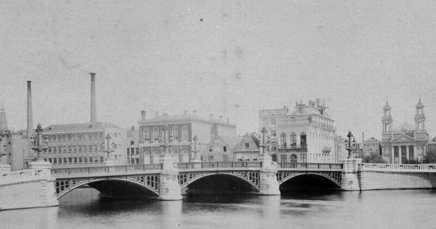
__________________________________________________
15. Weesperplein
The Diamond Exchange at Weesperplein in Amsterdam is an iconic building that has played a significant role in the city’s diamond industry. Opened in 1911, it was one of the largest diamond exchanges in the world at the time. Designed in a monumental architectural style, it served as the heart of the global diamond trade in Amsterdam. The Diamond Exchange at Weesperplein has a rich history and remains important in the diamond industry, even though much of the trade now takes place digitally. The building is still valued for its historical significance and architectural grandeur.
.jpg?height=267&width=418)
__________________________________________________
16. Certificate of recognition from Amsterdam
This official historical document from the Amsterdam City Council is a recognition of outstanding achievements in the diamond industry. The certificate includes a gold medal awarded to Amsterdam at the 1855 World’s Fair in Paris, honoring the city’s exceptional accomplishments in the diamond trade.
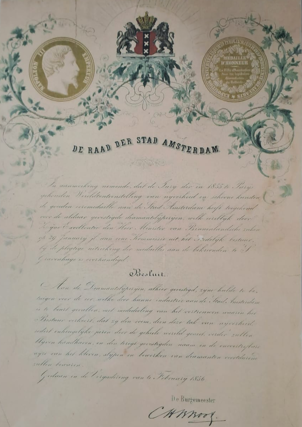
__________________________________________________
17. Queen Juliana
The people of the Netherlands joined forces to present a remarkable gift: a stunning diamond bracelet watch. The design was created by P. F. Belkum of Steltman Jewellers and brought to life by Jaeger-LeCoultre, one of Switzerland’s most prestigious luxury watchmakers. Coster Diamonds was entrusted with the honorable task of polishing the diamonds for this masterpiece. The responsibility was given to the young but exceptionally talented diamond polisher Ben Meier, who polished 275 small diamonds that were set into Queen Juliana’s magnificent watch. Years later, Ben Meier becomes the owner of Coster Diamonds and creates a new future for the company.
